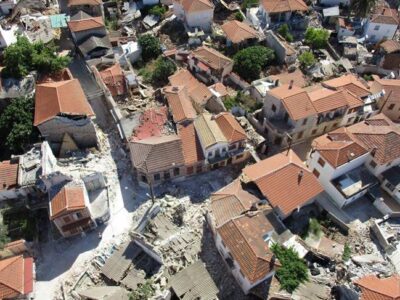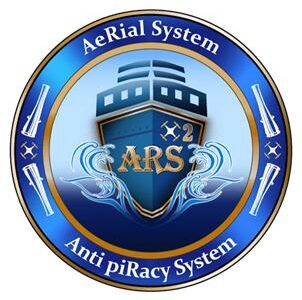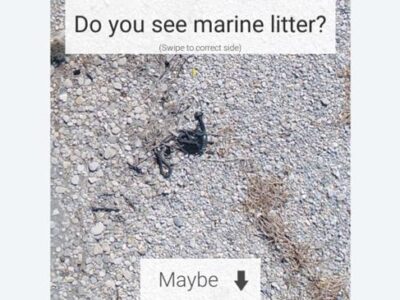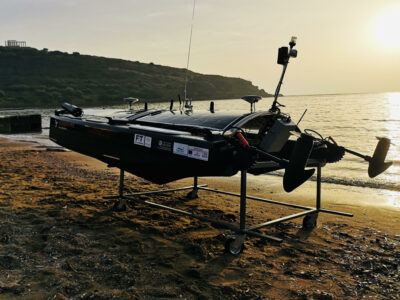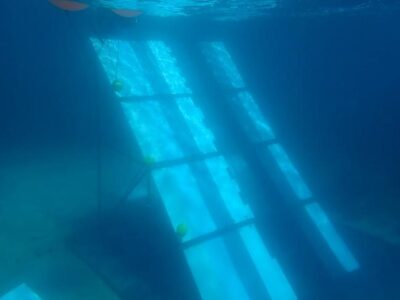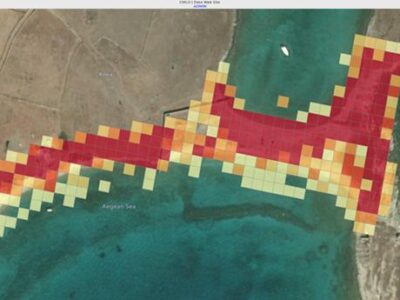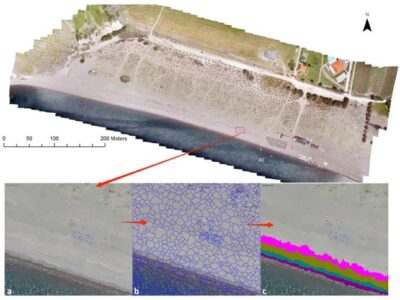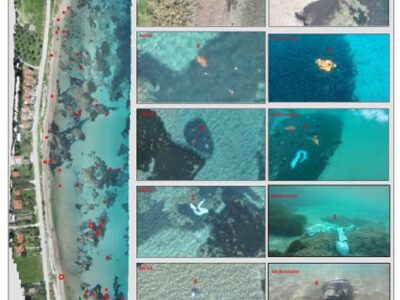3D Mapping after earthquake
3D Mapping of the Vrissa region affected by the earthquake of Lesvos on 12/06/2017 Following the devastating earthquake of June 12, 2017, and the extraordinary conditions prevailing on the island of Lesvos the work of 3D mapping has been initiated in the affected area of the village of Vrissa. The project is being carried out by a specialized interdisciplinary research team from the University of the Aegean with the use of the appropriate technical equipment. (more…)

